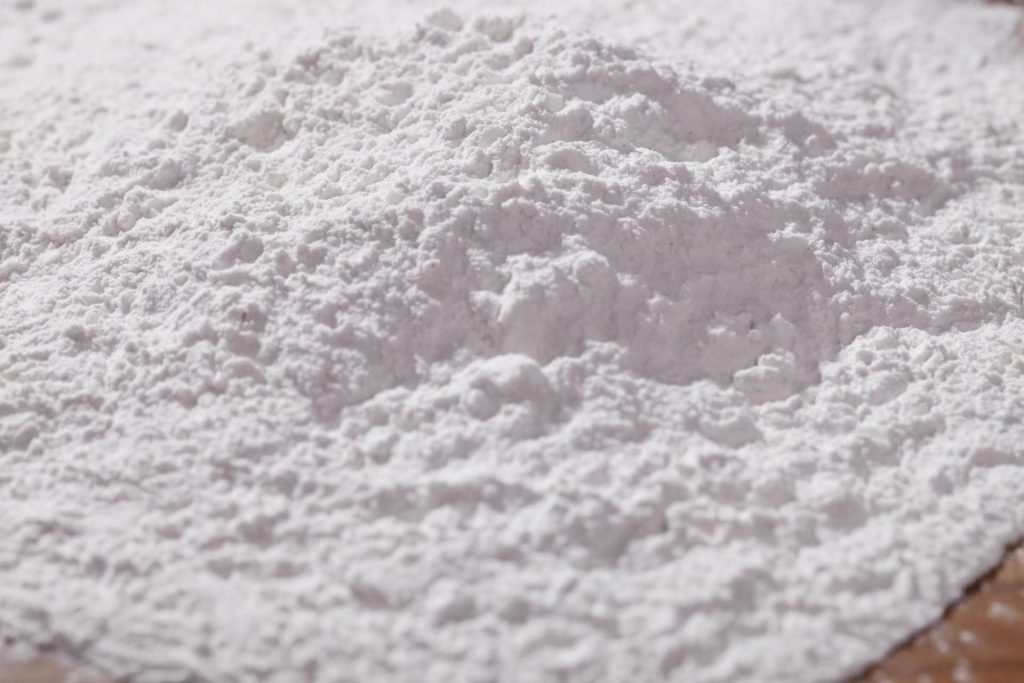
Microcrystalline cellulose gel is revolutionizing product development across industries. This multifunctional ingredient combines the stability of microcrystalline cellulose with the enhanced performance of sodium carboxymethylcellulose (CMC), creating an indispensable solution for formulators seeking clean-label, high-performance additives.
This unique colloidal-grade ingredient consists of:
| Parameter | Specification |
|---|---|
| Appearance | White or similar white powder |
| pH (2.6% aqueous suspension) | 6.0-8.0 |
| Bulk Density | 350-600 g/ml |
| Viscosity Range | 50-151 m Pa.s |
| Microbial Safety | Salmonella-free, aflatoxin-free |
6 Powerful Functions in Product Formulation
Food Industry Solutions
| Product Category | Recommended Usage | Benefits |
|---|---|---|
| Dairy Beverages | 0.1%-0.3% | Prevents sedimentation |
| Bakery Products | 0.2%-0.5% | Moisture retention |
| Processed Meats | 0.3%-0.5% | Fat replacement |
| Ice Cream | 0.15%-0.3% | Creamy texture |
Pharmaceutical Advantages
Cosmetic Innovations
Is microcrystalline cellulose gel safe?
Yes, it’s recognized as GRAS (Generally Recognized As Safe) by FDA and approved for global use in food and pharmaceutical applications.
How does it compare to xanthan gum?
Our MCC gel offers better heat stability and cleaner label appeal compared to microbial-derived thickeners like xanthan gum.
Can it be used in organic products?
Yes, when sourced from certified organic cellulose, it meets organic processing standards.
Unlock Your Product Potential
Ready to enhance your formulations with premium microcrystalline cellulose gel? Contact our technical team today for samples and application guidance tailored to your specific needs.
Silva, L.S.; Lima, L.C.B.; Silva, F.C.; Matos, J.M.E.; Santos, M.R.M.C.; Santos Júnior, L.S.; Sousa, K.S.; da Silva Filho, E.C. Dye anionic sorption in aqueous solution onto a cellulose surface chemically modified with aminoethanethiol. Chem. Eng. J. 2013, 218, 89–98. [Google Scholar] [CrossRef]